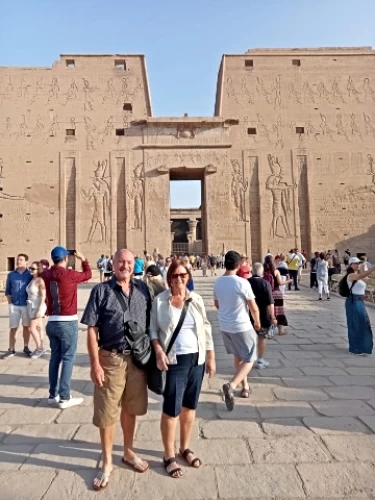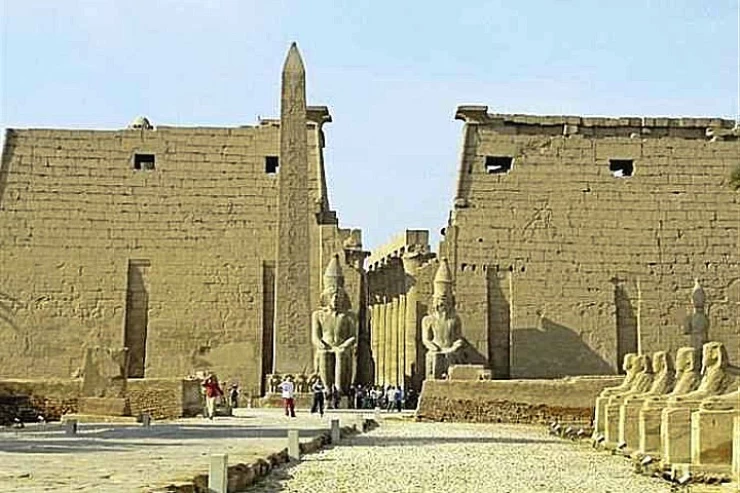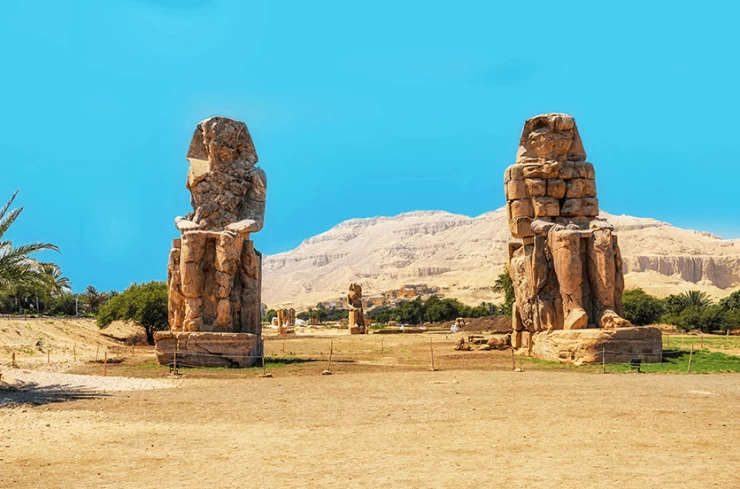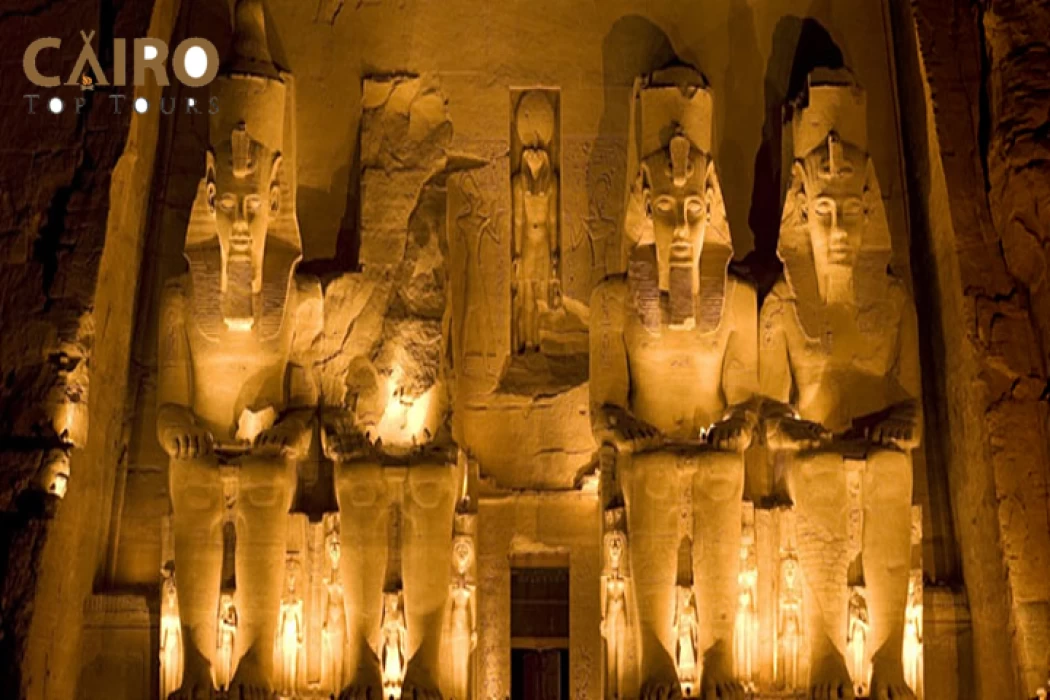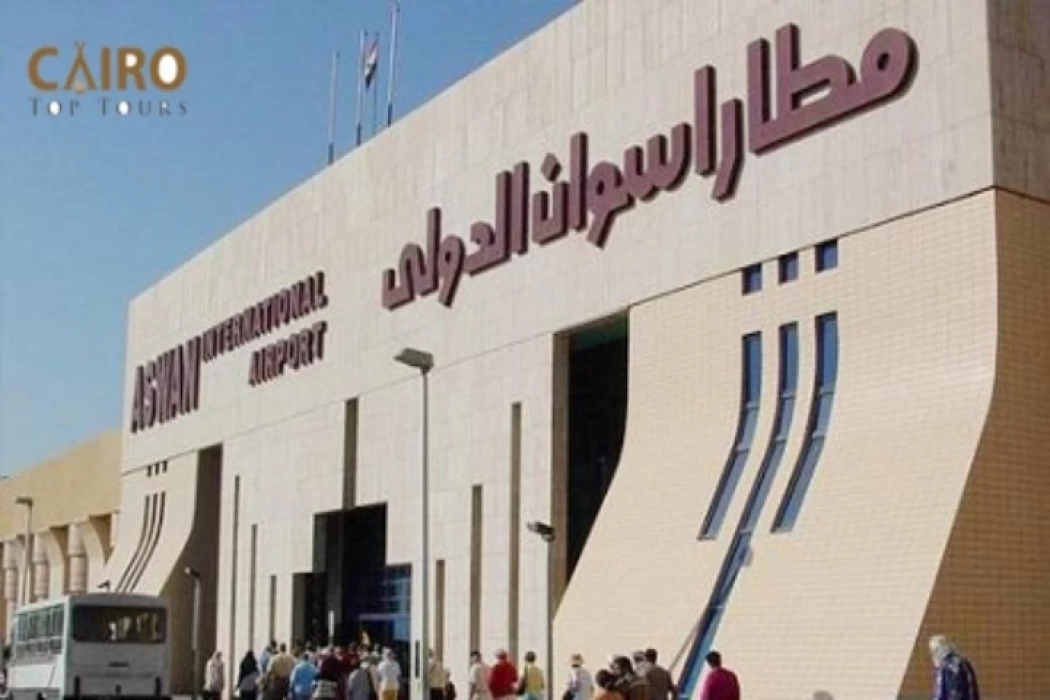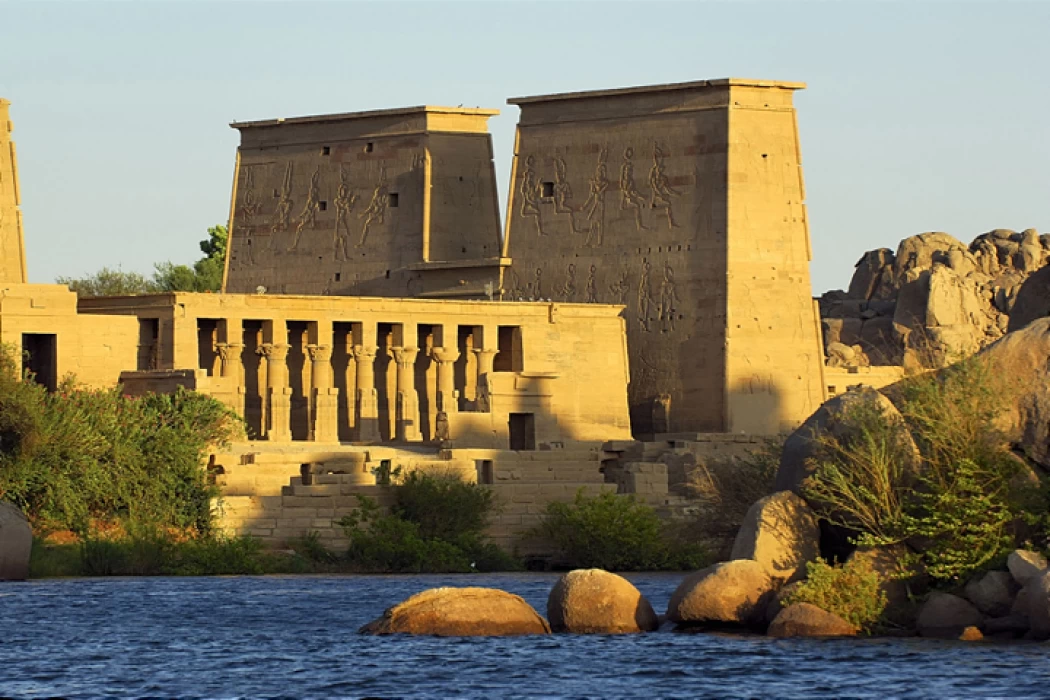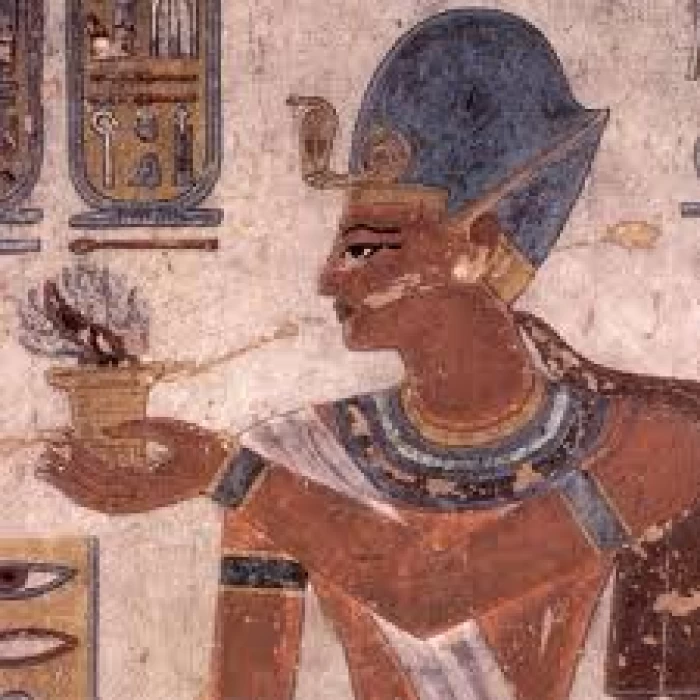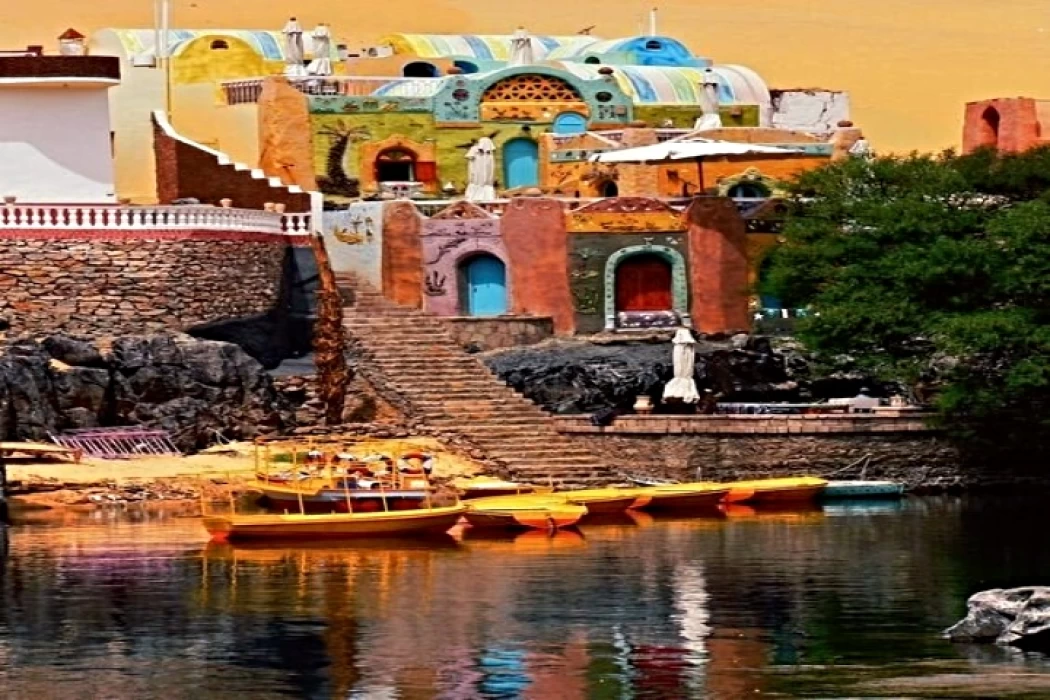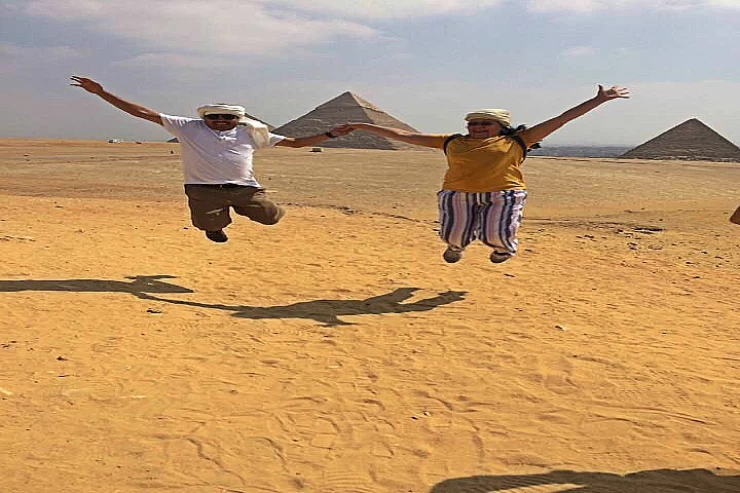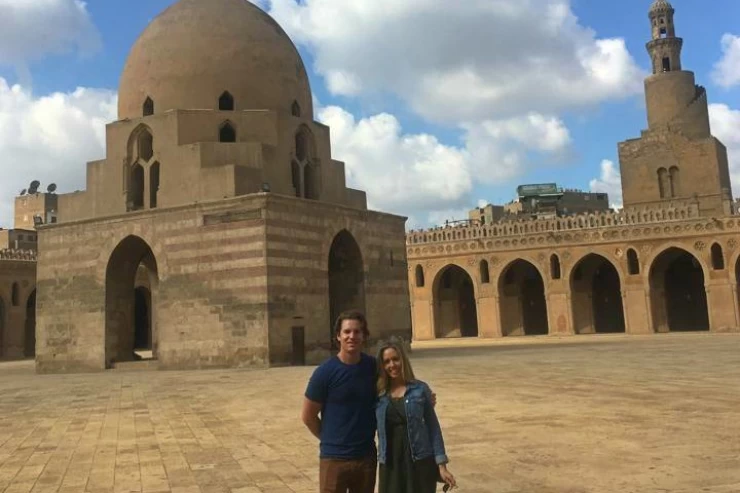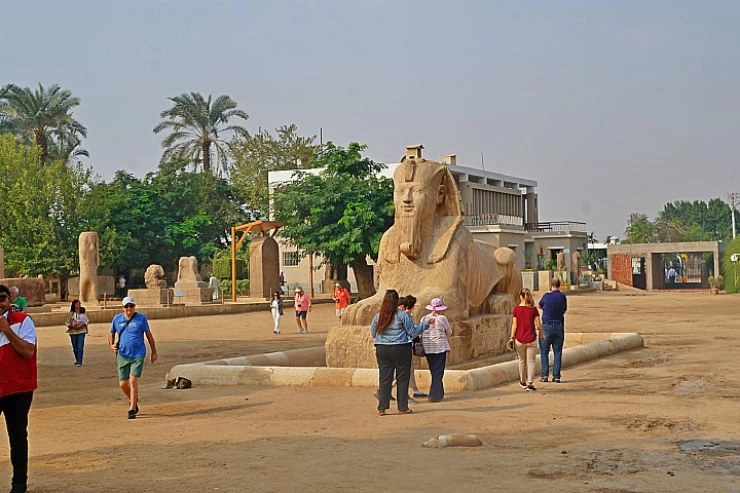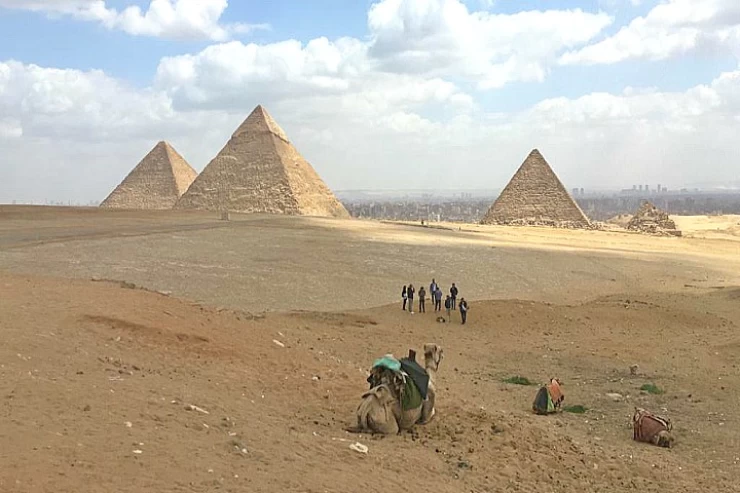Day Tour to Abu Simbel from Cairo by Flight
Overview
If you are planning a vacation in Egypt, particularly considering traveling from Cairo to Aswan, do not forget to add the famous temples of Abu Simbel to your itinerary. These stunning, all-rock-cut temples were created by the great Pharaoh Ramses II for his beloved wife — the extraordinary Nefertari. They are some of the most recognized sites in Egypt. In the 1960s, they too were moved so as not to be submerged in the waters of about Lake Nasser which was created after the construction of the dam at Aswan.
Enjoy an experience of a memorable day tour from Cairo to Abu Simbel where all the sightseeing will be concentrated on the temples, and more specifically, the world’s eighth wonder. After this incredible experience, your professional guide will take you to the Great Temple of Ramses II and two exquisite temples, Nefertari and Hathor. Discover the wonderful temples built long ago and know more about their relevance to the people of Egypt.
This is a pleasant chance to go to one of the most breathtaking places in Egypt and also, savor the history.
If you are planning a vacation in Egypt, particularly considering traveling from Cairo to Aswan, do not forget to add the famous temples of Abu Simbel to your itinerary. These stunning, all-rock-cut temples were created by the great Pharaoh Ramses II for his beloved wife — the extraordinary Nefertari. They are some of the most recognized sites in Egypt. In the 1960s, they too were moved so as not to be submerged in the waters of about Lake Nasser which was created after the construction of the dam at Aswan.
Enjoy an experience of a memorable day tour from Cairo to Abu Simbel where all the sightseeing will be concentrated on the temples, and more specifically, the world’s eighth wonder. After this incredible experience, your professional guide will take you to the Great Temple of Ramses II and two exquisite temples, Nefertari and Hathor. Discover the wonderful temples built long ago and know more about their relevance to the people of Egypt.
This is a pleasant chance to go to one of the most breathtaking places in Egypt and also, savor the history.
Inclusion
- Round journey air tickets from Cairo to Aswan and back.
- Constitutional service free entrance and access to every site included tour activities in Egypt.
- A private air-conditioned transport service going to Aswan and Abu Simbel and returning to Aswan airport.
- An experienced Egyptian Tour guide for the entire tour.
- Bottled drinking water will be served inside the vehicle during the trip at no extra charge.
- Your package is all-service inclusive, with all taxes and fees where applicable.
Exclusion
- Tipping
- Beverages beside Lunch
- Personal Items
Itinerary
Taking Abu Simbel temples as a focal point, this day tour shall bring you to any of the most famous places in Egypt. Suitable for those aiming to visit the highest rock cut temple of Egypt in the beginning of the tour the actors pick you from your Cairo hotel and it is off to Aswan by air. In Aswan, you will be met by your personal tour guide, who will accompany you on the way to the temples in a modern air-conditioning vehicle.
At some point in the journey, the guide will make some remarks about the temples built for Ramses II, the famous king remembered for the legendary Battle of Qadesh waged against the Hittites. Unique and historical sites will include not only statues of famous figures such as Ramses II that were relocated due to the construction of the Aswan Dam but also many more.
The first site shall be the Temple of Ramesses II, which is the biggest and the most outstanding of all the two temples. Constructed in Honour of Ramses II and his consort Nefertari, the temple was built in 1250 BC and in 1960 underwent relocation by UNESCO because of the Aswan Dam.
Once you finish visiting the temple of Ramses II, you will move on to the Temple of Hathor. This temple was built about 400 years later and has some resemblance to the first. From the roof, visitors can enjoy incredible views of both Lake Nasser and its landscape in addition to a nearby lake over which stunning views can be enjoyed after a short boat trip.
Lastly, we will escort you to the airport for your flight back to Cairo ending your brilliant day tour to Abu Simbel.
Price
| Number of Persons | Prices |
|---|---|
| 1 Person | $510 Per Person |
| 2 - 3 Persons | $430 Per Person |
| 4 - 6 Persons | $400 Per Person |
| 7 - 10 Persons | $380 Per Person |
Start from : 380
Check Availability

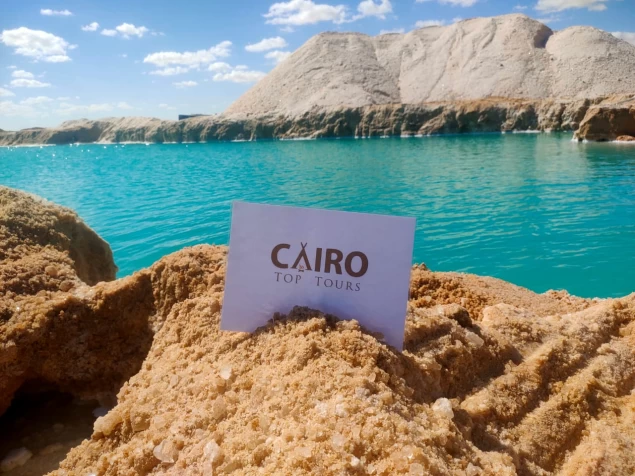
You Also May Like
Looking for something different? check out our related tour now, or simply contact us to tailor made your Egypt tour
Best Tour to Giza Pyramids and Egyptian Museum in Cairo
Don't miss the chance to be among the first visitors to explore the newly discovered hidden passageway within the Great Pyramid of Giza. Witness the marvels of the world, including the Sphinx and the three iconic pyramids. Additionally, on our Cairo day trip, you can marvel at the remarkable pharaonic artefacts at the Egyptian Museum.
Tour to the Egyptian Museum, Old Coptic and Islamic Cairo
Uncover the importance of Cairo by visiting the Egyptian Museum and marvelling at its impressive exhibits. You can also visit the famous landmarks and churches of Coptic Cairo, which once sheltered the Holy Family and display unique icons. Additionally, enjoy exploring the historic mosques of Islamic Cairo during your visit to Old Cairo.
Cairo Excursions to Giza pyramids, Sakkara and Memphis
Enjoy an extraordinary tour to witness the iconic pyramids of Giza and admire the grandeur of Egyptian pharaohs. Discover the ancient capital of Egypt, decorated with numerous pyramids and tombs, and uncover the hidden secrets during your Cairo excursion.
Cairo Stopover Transit Tour | Cairo Layover Trip during the break
Immerse yourself in a different atmosphere as you venture into the vibrant Khan El Khalili, a bustling open-air marketplace that offers a glimpse into the vibrant culture and traditions of modern-day Egypt. Engage with local artisans, haggle for unique souvenirs, and savour the aromatic spices and flavours that permeate this enchanting setting.
Egypt Trips and Middle East Reviews
Via Egypt Tours, we had a lot of customer reviews, which you can see on our social media accounts, such as Trip Advisor, and YouTube videos regarding how they enjoy Egypt budget tours with our professionals who join them in every inch of Egypt to explain to the travelers the history of each attraction saw on their Egypt and Holy Land Tours.
Have no fear Most Egyptians living in Cities have a basic command over the English language and some English words and phrases. However the same cannot be said for French, Italian, Spanish and finally German. Nevertheless, Professionals working in the tourism sector have easily adapted to visitors who don't speak Arabic. Satisfying the needs of most travellers with a combination of English and other lingual phrases.
Visiting Abu Simbel from Cairo on a day tour is possible, but it typically involves a long journey as Abu Simbel is located in the far south of Egypt, near the Sudanese border. The trip would require a domestic flight or a very lengthy drive.
Abu Simbel used to be somewhere else before it became Abu Simbel. It is not only for one god, but for many. People forgot about Abu Simbel for a very long time. A long time ago, people started building it. The temple is designed to face the sun.
Abu Simbel is an iconic archaeological site located in Aswan, Egypt, and it is famous for its monumental rock-cut temples, primarily the Great Temple of Ramses II. The history of Abu Simbel is rich and fascinating, with significant historical events and remarkable engineering achievements. Here's an overview of the history of Abu Simbel:
1. Construction by Ramses II (c. 13th century BCE): The construction of the Abu Simbel temples began during the reign of Pharaoh Ramses II, who ruled Egypt from around 1279 to 1213 BCE during the 19th Dynasty of the New Kingdom. The primary purpose of these temples was to commemorate Ramses II's victory at the Battle of Kadesh and to honor the gods Amun, Ra-Horakhty, and Ptah.
2. Monumental Temples: Abu Simbel consists of two massive temples carved into the sandstone cliffs along the banks of the Nile River.
The Great Temple: The larger of the two temples is dedicated to Ramses II himself, and it features four colossal seated statues of the pharaoh at the entrance. The interior of the temple is adorned with intricate carvings depicting the Battle of Kadesh and religious scenes.
The Small Temple (Temple of Hathor): The smaller temple is dedicated to Nefertari, the chief wife of Ramses II. It features statues of Ramses II and Nefertari, and the interior contains scenes of Nefertari with the goddess Hathor.
3. Relocation in the 1960s: In one of the most remarkable engineering feats of the 20th century, the temples of Abu Simbel were relocated in the 1960s. The construction of the Aswan High Dam threatened to submerge the temples beneath the waters of Lake Nasser. To save these invaluable treasures, an international effort disassembled and moved the temples to higher ground, where they were reconstructed. This preservation effort ensured that Abu Simbel could continue to be appreciated by future generations.
4. UNESCO World Heritage Site: Abu Simbel was designated as a UNESCO World Heritage Site in 1979 in recognition of its cultural significance and the remarkable efforts made to save it from inundation.
Tour operators typically have cancellation policies, so it's essential to understand the terms and conditions before making a reservation.
Abu Simbel is an incredibly significant and iconic site in Egypt, known worldwide for its historical and cultural importance. Here's why it's highly regarded among tourists:
- Ancient Temples: The Abu Simbel temples, built during the reign of Pharaoh Ramses II in the 13th century BCE, are masterpieces of ancient Egyptian architecture.
- Engineering Marvel: The temples were relocated in the 1960s to save them from being submerged by the rising waters of Lake Nasser after the construction of the Aswan High Dam.
- Artistic Significance: The temples boast remarkable artistic and historical significance, showcasing detailed reliefs, statues, and hieroglyphs that depict scenes from ancient Egyptian mythology, battles, religious rituals, and the divine status of the pharaoh.
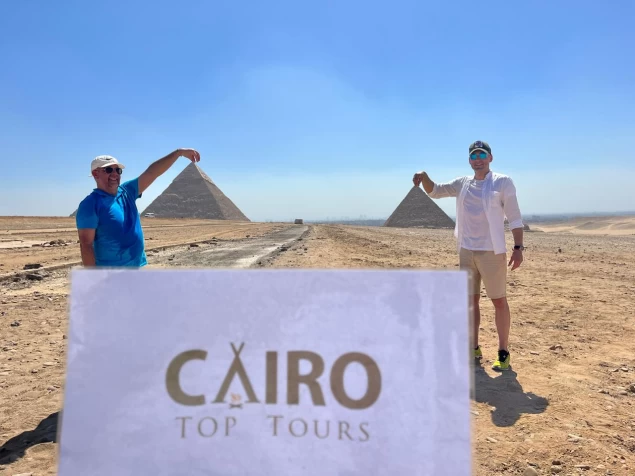
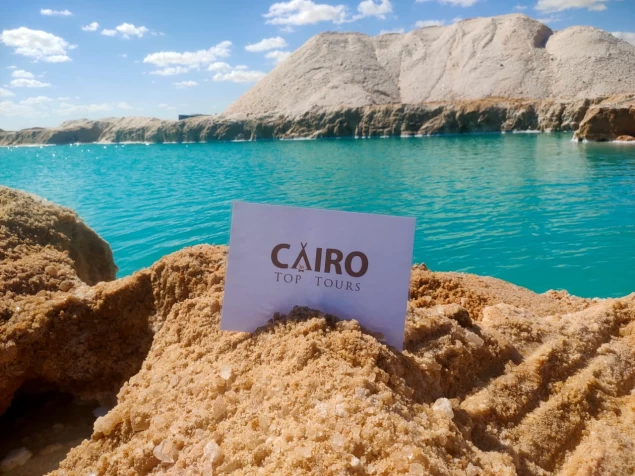
Cairo Top Tours Partners
Check out our partners

